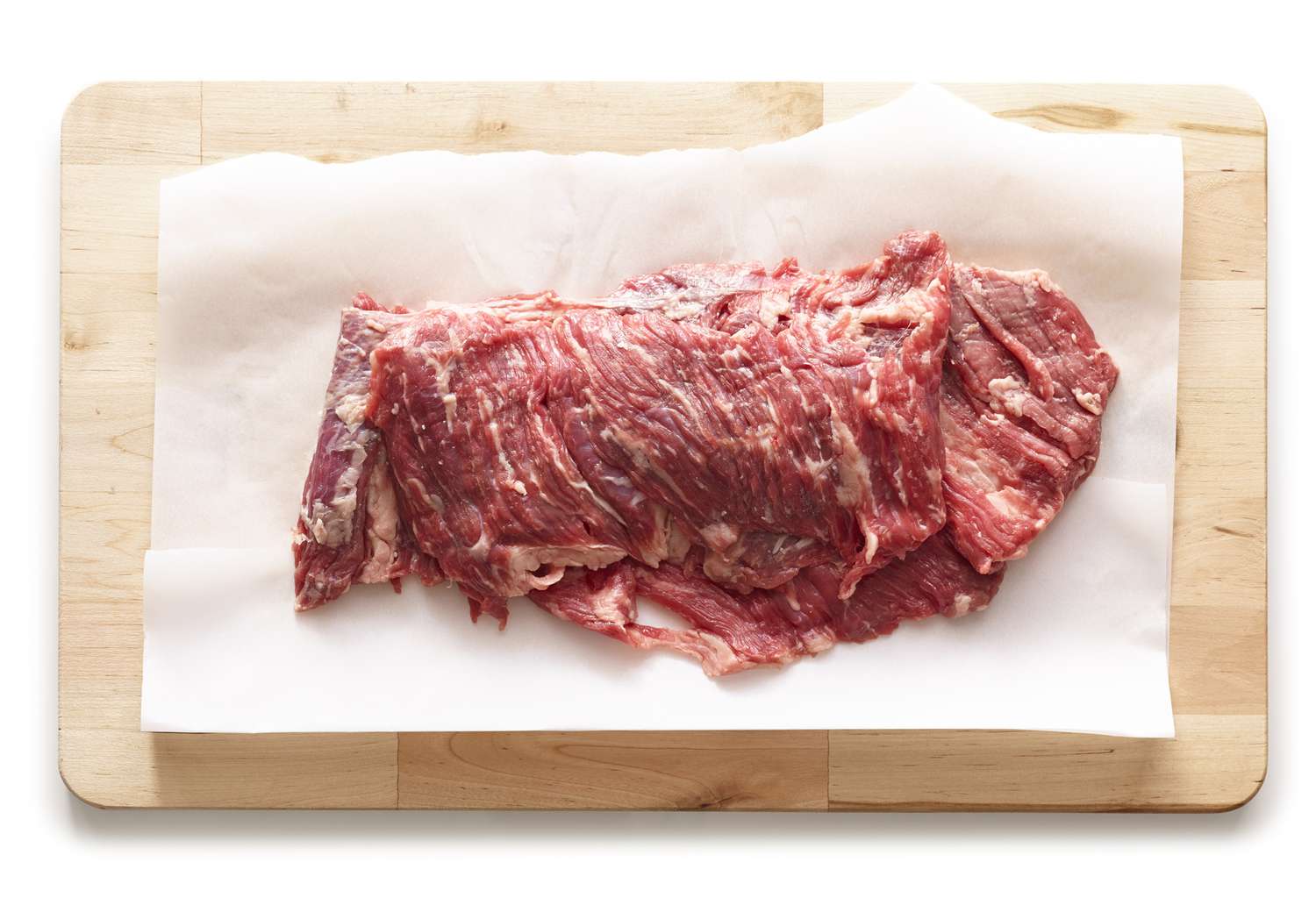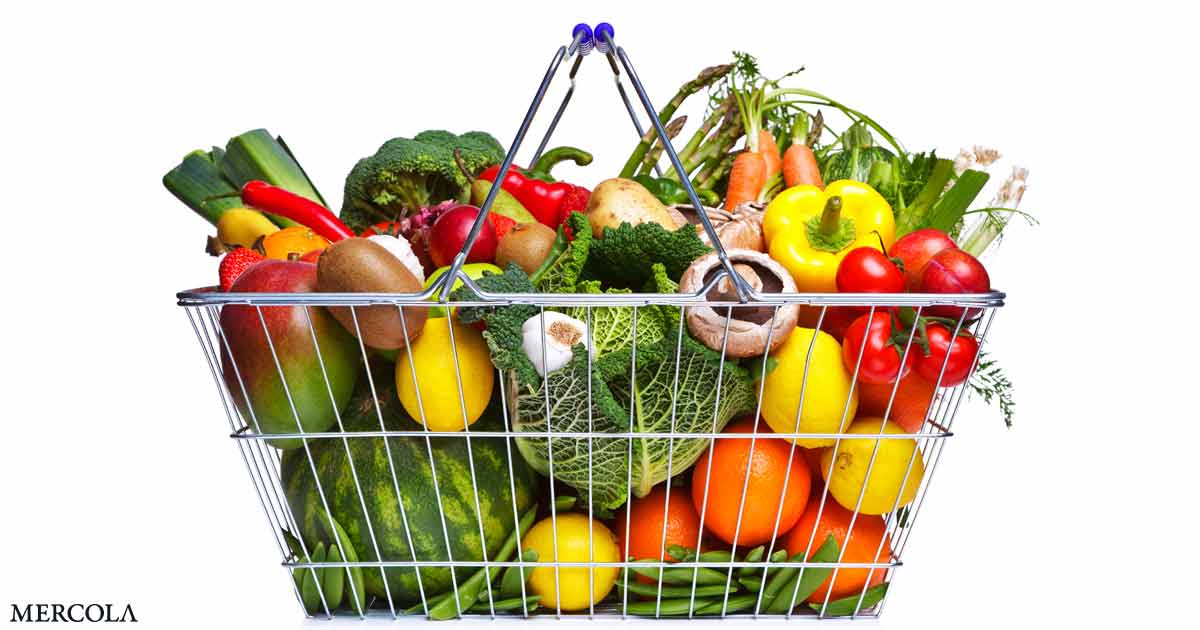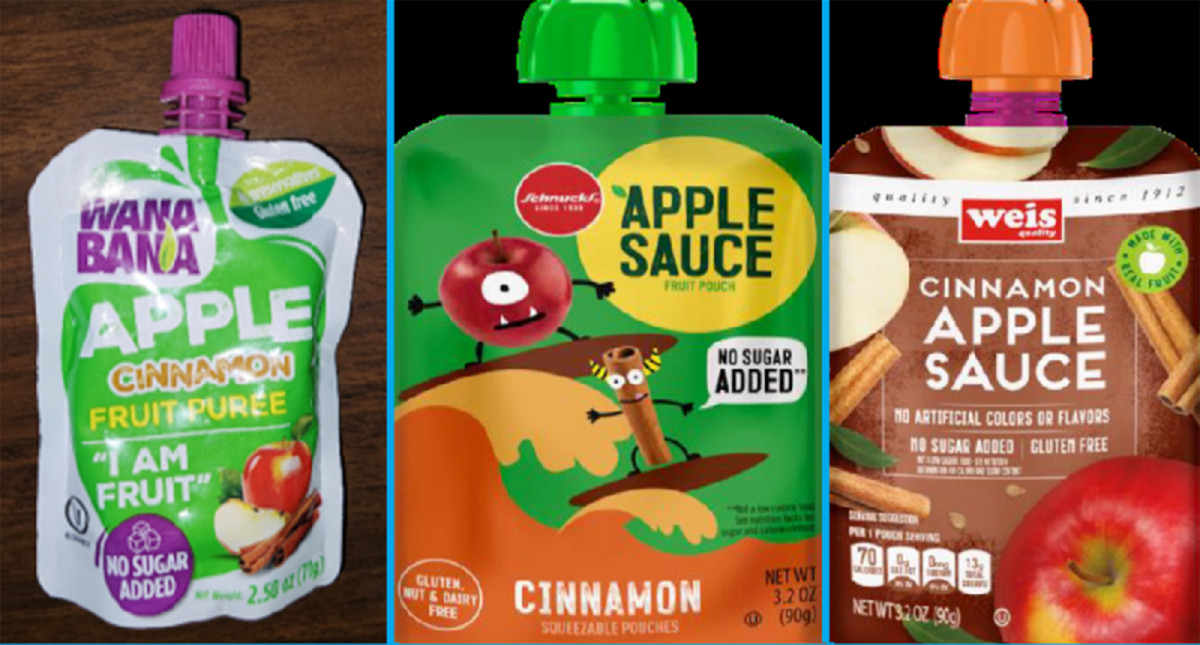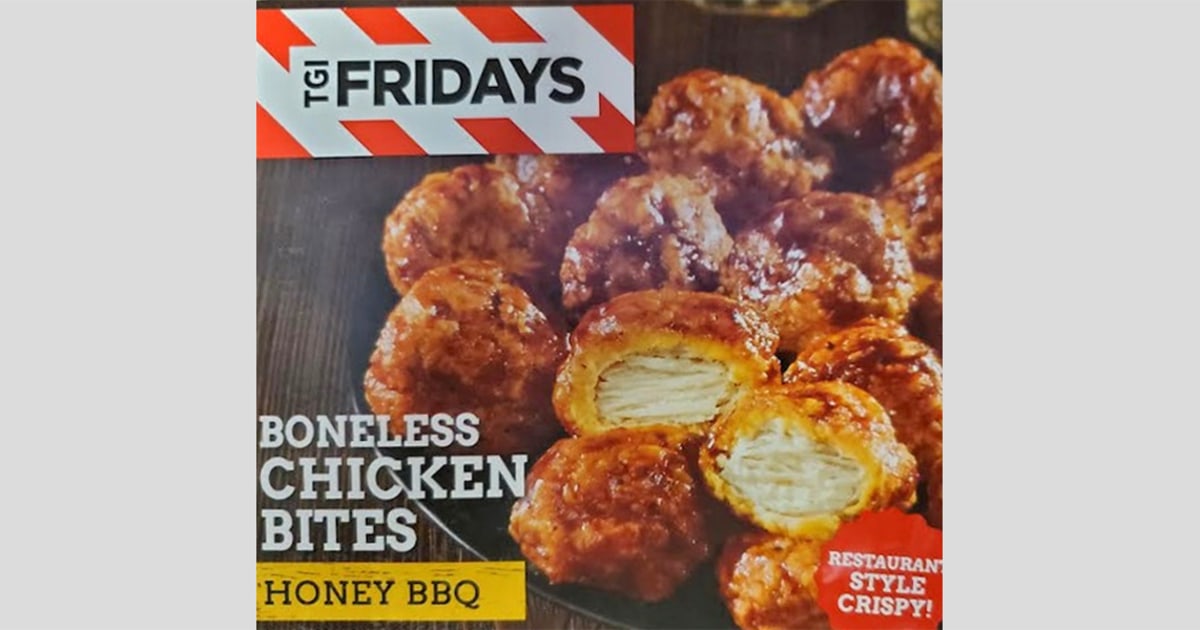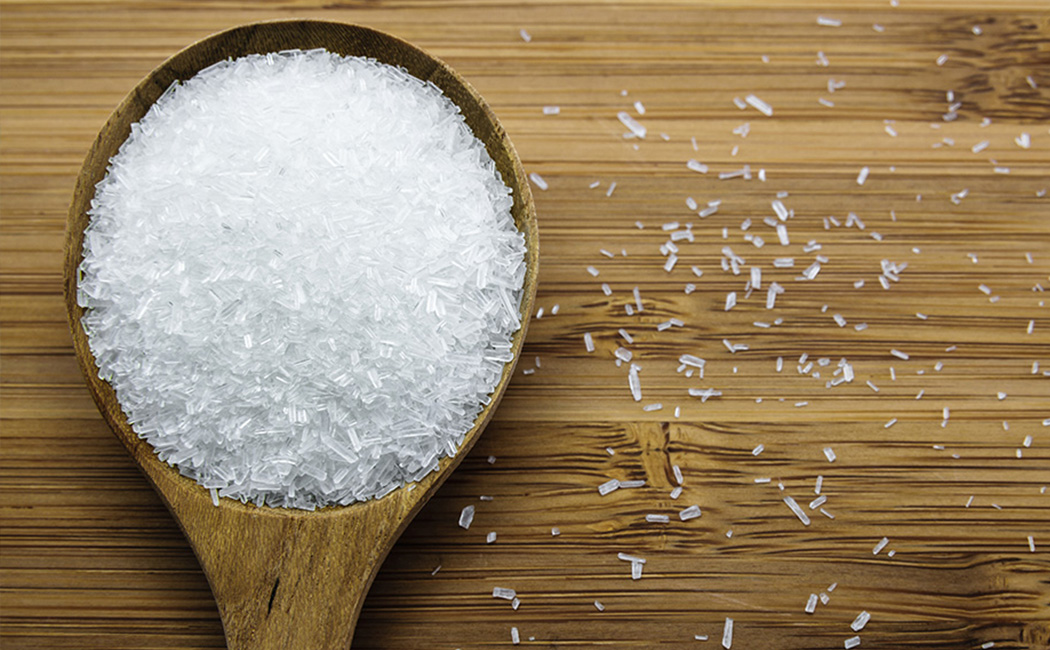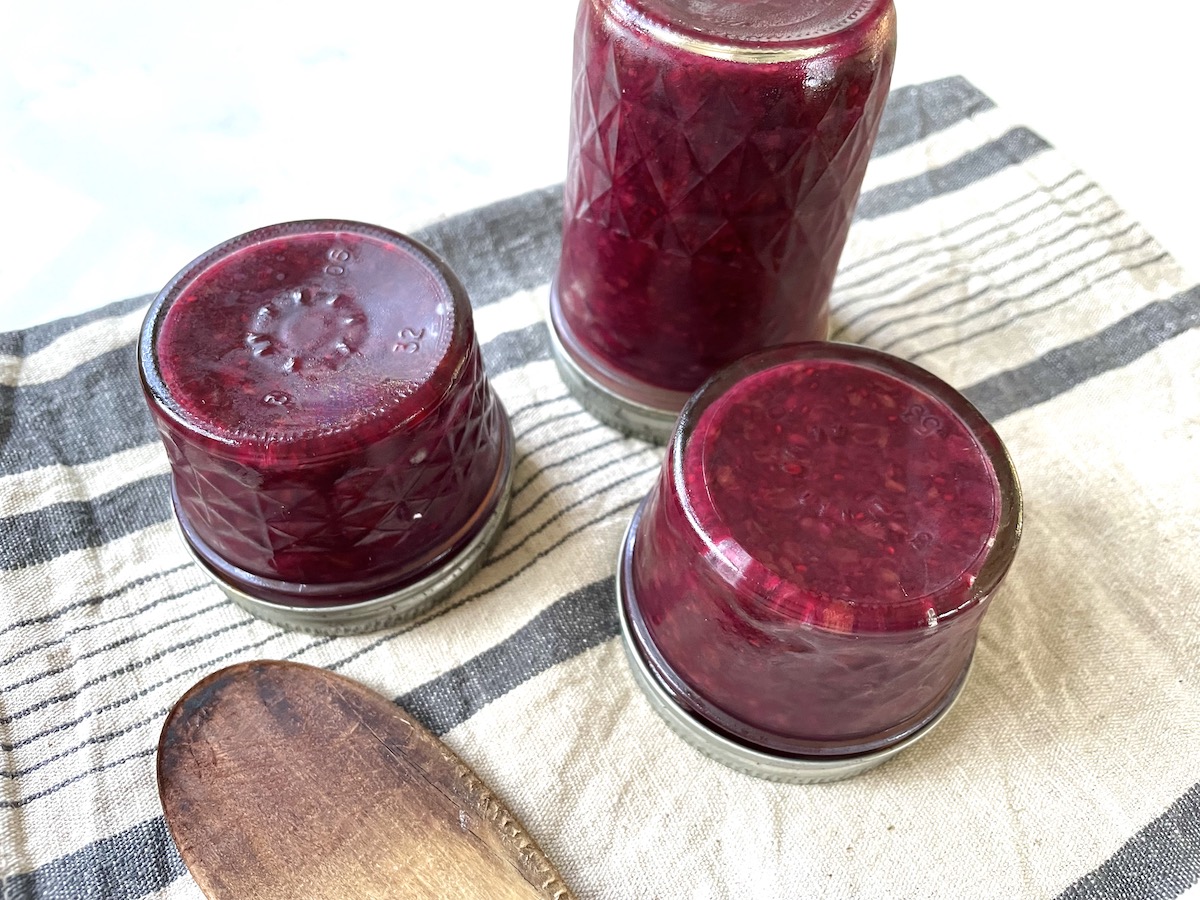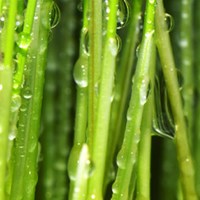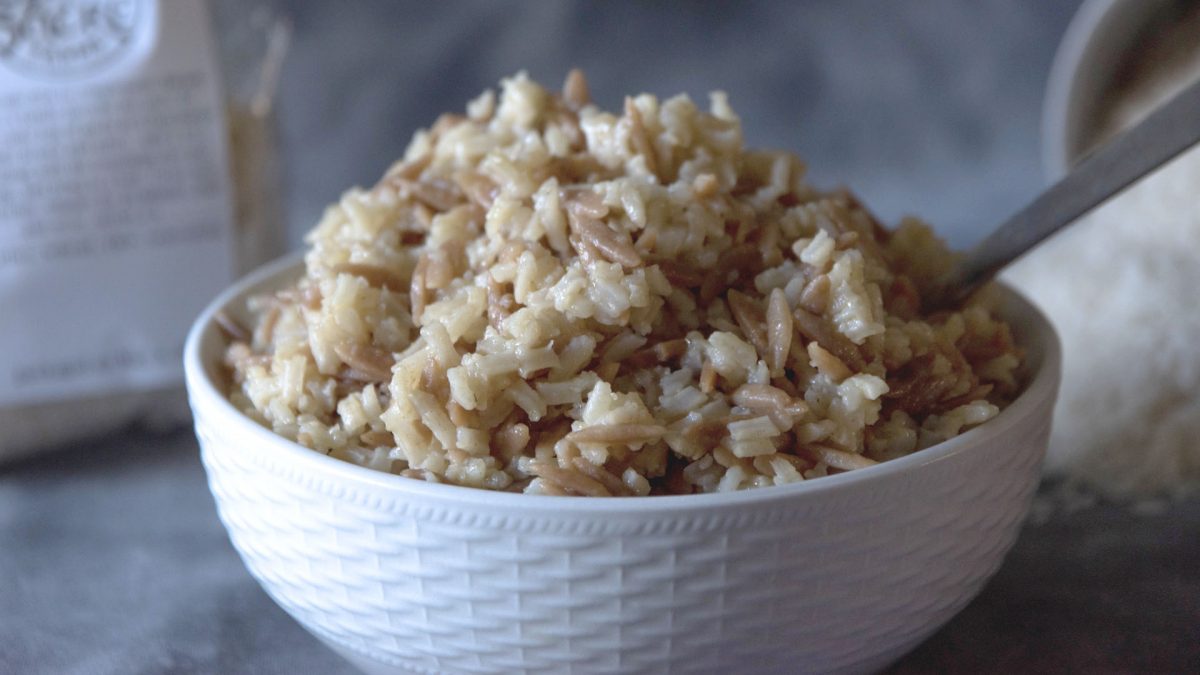Rinse & rePeat
Member
- Joined
- Mar 10, 2021
- Messages
- 21,516
“But bananas with black stems may be experiencing “crown rot,” a disease caused by one of four fungi. This is a disease that develops “as the fruit is being stored and ripened in the marketing chain” (here ). The fungus can travel into the fruit but so far a direct link between crown rot and human pathogens “has not yet been established” (here ).”

 www.reuters.com
www.reuters.com

Shoppers cannot spot whether bananas are ‘chemically ripened’
Old false claims that it is easy for shoppers to spot whether bananas have been “chemically ripened” are resurfacing, even though it is impossible to assess with the naked eye how a banana matured. Brown spots occur on bananas, regardless of the ripening method. Black stems may be a sign of...

